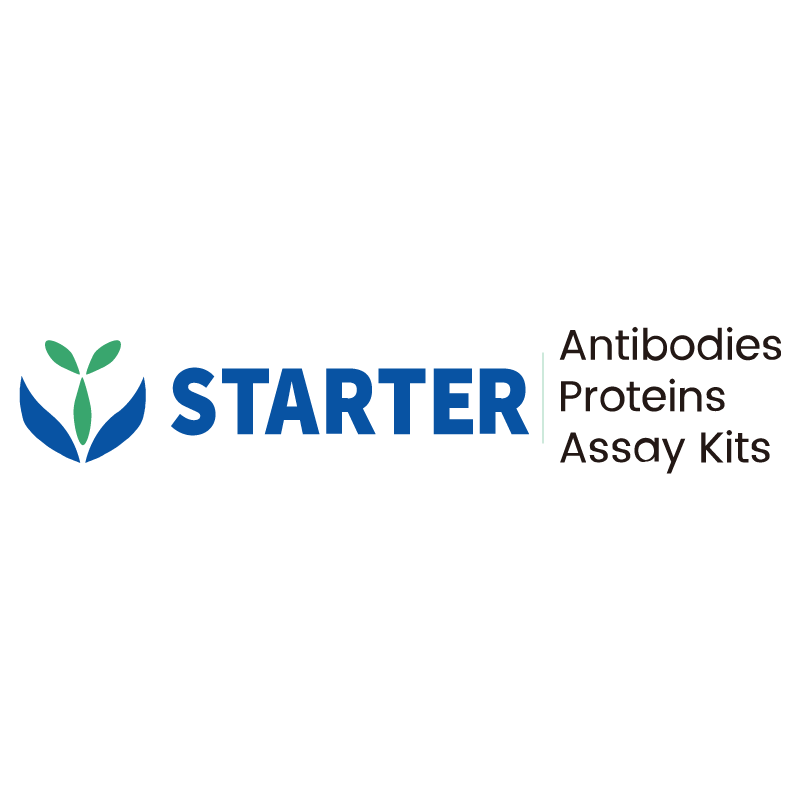Flow cytometric analysis of SD Rat bone marrow labelling Rat CD71 antibody at 1/2000 dilution (0.1 μg) / (Red) compared with a Mouse IgG2a, κ (Black) Isotype Control and an unlabelled control (cells without incubation with primary antibody and secondary antibody) (Blue). Goat Anti - Mouse IgG Alexa Fluor® 647 was used as the secondary antibody.
Product Details
Product Details
Product Specification
| Host | Mouse |
| Antigen | CD71 |
| Synonyms | Transferrin receptor protein 1; TR; TfR; TfR1; Trfr; Tfrc |
| Location | Cell membrane |
| Accession | Q99376 |
| Clone Number | S-R638 |
| Antibody Type | Mouse mAb |
| Isotype | IgG2a,k |
| Application | FCM |
| Reactivity | Rt |
| Positive Sample | SD Rat bone marrow |
| Purification | Protein A |
| Concentration | 2 mg/ml |
| Conjugation | Unconjugated |
| Physical Appearance | Liquid |
| Storage Buffer | PBS pH7.4 |
| Stability & Storage | 12 months from date of receipt / reconstitution, 2 to 8 °C as supplied. |
Dilution
| application | dilution | species |
| FCM | 1:2000 | Rt |
Background
CD71, also known as transferrin receptor 1 (TfR1), is a type II transmembrane glycoprotein that exists as a disulfide-linked homodimer on the cell surface. It plays a crucial role in cellular iron uptake by binding to iron-bound transferrin and mediating its internalization through receptor-mediated endocytosis. CD71 is widely expressed on proliferating cells, including erythroid precursors, activated immune cells, and various cancer cells. It is also a preferred entry receptor for several viruses, such as arenaviruses and hepatitis C virus. In addition, CD71 has been identified as a marker for cell proliferation and activation, and its expression is often used in the diagnosis and prognosis of hematological diseases.
Picture
Picture
FC


